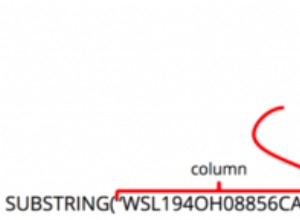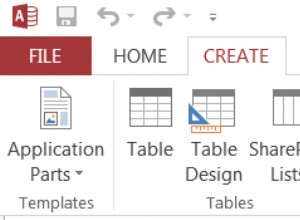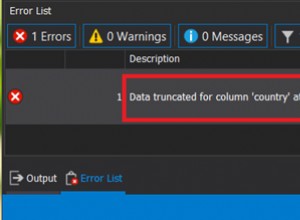z użyciem cte , z row_number możesz osiągnąć wynik:
Twój schemat:
create table your_table([Client ID] int ,Value varchar(50));
insert into your_table values
(12345, 'Did Not Meet'),
(12345, 'Did Not Meet'),
(12345, 'Partially Met'),
(12346, 'Partially Met'),
(12346, 'Partially Met'),
(12346, 'Partially Met'),
(12347, 'Partially Met'),
(12347, 'Partially Met'),
(12347, 'Did Not Meet'),
(12347, 'Met');
Zapytanie:
with cte as
(
select [Client ID] ci,value,
row_number() over(partition by [Client ID] order by value) as rn
from your_table
)
select distinct ci as [Client ID],
(select ct.value from cte ct where ct.ci=cte.ci and ct.rn=1) value1,
(select ct.value from cte ct where ct.ci=cte.ci and ct.rn=2) value2,
(select ct.value from cte ct where ct.ci=cte.ci and ct.rn=3) value3,
(select ct.value from cte ct where ct.ci=cte.ci and ct.rn=4) value4
from cte
Wynik:
Client ID value1 value2 value3 value4
12345 Did Not Meet Did Not Meet Partially Met (null)
12346 Partially Met Partially Met Partially Met (null)
12347 Did Not Meet Met Partially Met Partially Met




